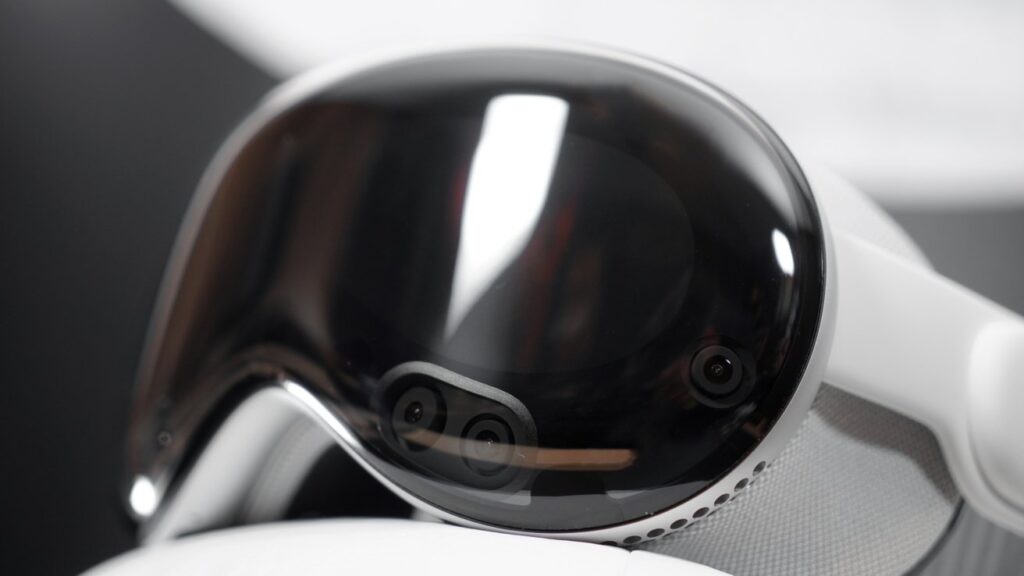
The Apple Vision Pro could get an update at any time, but leakers are at odds on when it will be announced and what chip might be inside. Here’s what the rumor mill has guessed about the updates so far.
Apple’s first foray into what it calls spatial computing launched in February 2024. The Apple Vision Pro was a tough sell with its high price, heavy weight, and lack of developer support.
The true second-generation model with a lighter design isn’t expected until 2027 at the earliest, but in the meantime, Apple is expected to release a spec bump update. Rumors about this smaller update have been around for about a year with little detail beyond an expected processor upgrade.
However, with the latest rumor, there is now some disagreement between leakers on when it might arrive and what chip it might have. It’s a relatively small window, but that time frame could affect what chip Apple will use in the model too.
Fall 2025: M4
The most recent rumor, which may have more accuracy due to its proximity to the suggested release, suggests Apple Vision Pro will be updated in the fall of 2025. It would be virtually identical except for the new M4 processor and a new head strap that makes wearing it more comfortable.
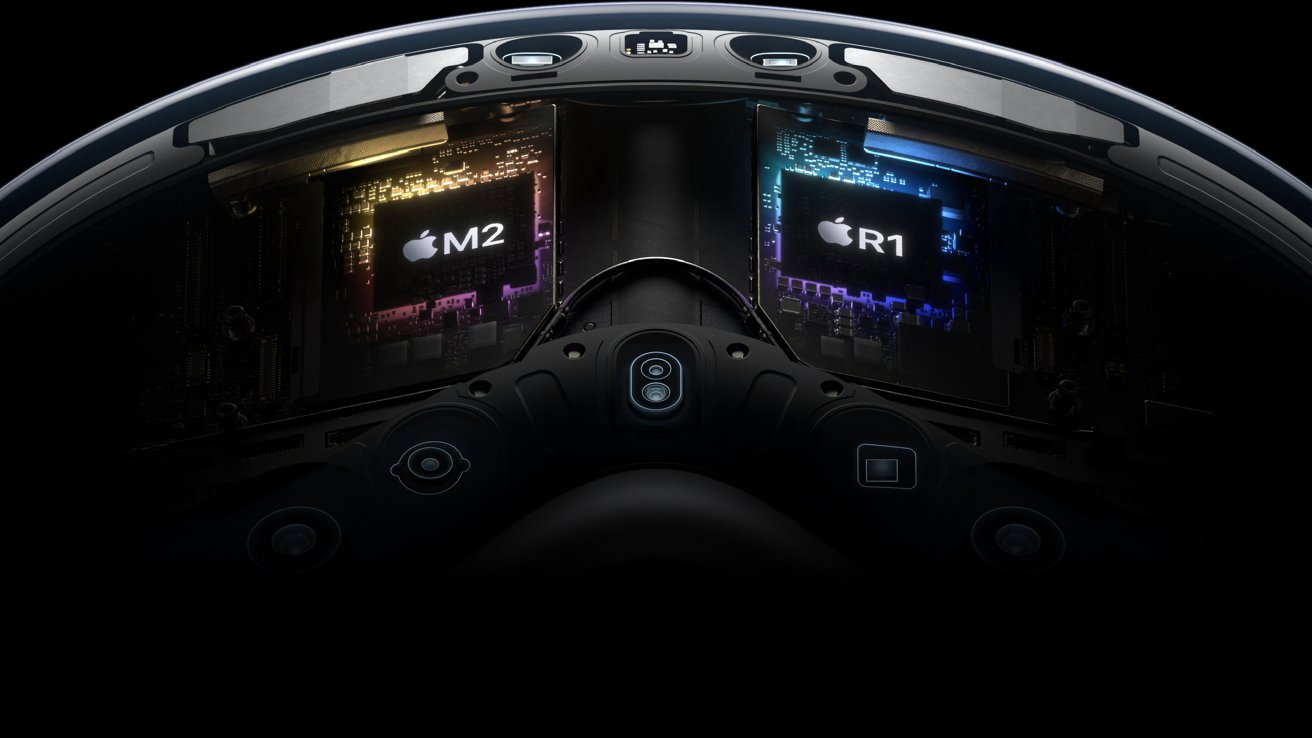
Apple Vision Pro runs on M2 and R1. Image source: Apple
There was no mention of the R-series chip responsible for environmental recreation and hand tracking. Theoretically, Apple would include an R2 that improves on these features.
The rumor did say that Apple would include a more powerful neural engine, but that’s likely a result of moving from M2 to M4. The newer chipset also has powerful features for graphics processing like hardware-accelerated ray tracing and mesh mapping.
The M4 version of Apple Vision Pro would be a good step up from the initial model, but it may be a hard sale starting at $3,500 again. The release of a spec bump upgrade isn’t likely to entice existing owners, but it could capture some of the holdouts with promises of graphical improvements and more powerful gaming.
The inclusion of PSVR2 controller support in visionOS 26 could be part of a larger gaming initiative for the platform. While any M-series processor can run games like Resident Evil without too much issue, the M4 may be needed for the extra lift VR games require.
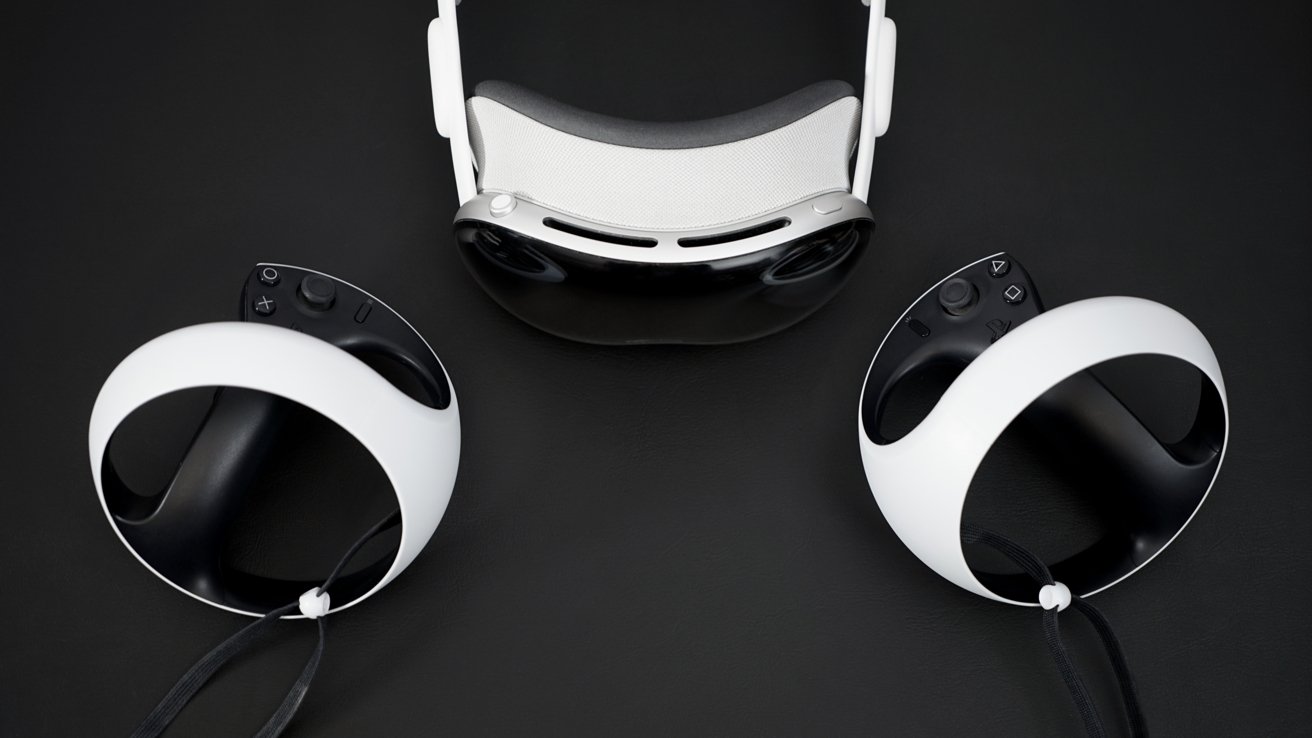
Faster chips could mean a gaming push
All that said, it does seem odd that Apple would bother with a spec bump update at all. Without meaningful changes to the weight or price, it likely won’t sell in any greater volumes.
And this new model has a new challenge — people already own the original one. Almost everyone willing to spend the $3,500 or more on the headset likely has, and developers aren’t biting just yet.
The update could simply act as a way to show Apple’s commitment to keeping the platform alive and up to date. It could also help clear inventory of the first model by lowering its price.
Either way, there’s likely more to the story than a simple chip upgrade and new comfort strap. Apple’s best bet for getting eyes on the device is likely the iPhone event in September.
It could be revealed during an October event, but that’s where the M5 is expected to be revealed, which would make this device seem outdated out of the gate. The timing isn’t ideal, and if Apple were doing an M4 spec bump, it probably should have done it in the spring.
Early 2026: M5
The more logical rumors about an M5 upgrade to the Apple Vision Pro taking place in late 2025 or early 2026 have gone quiet. Those rumors were primarily shared by Ming-Chi Kuo, who initially suggested Apple might wait on M5 for Apple Intelligence to come to visionOS.
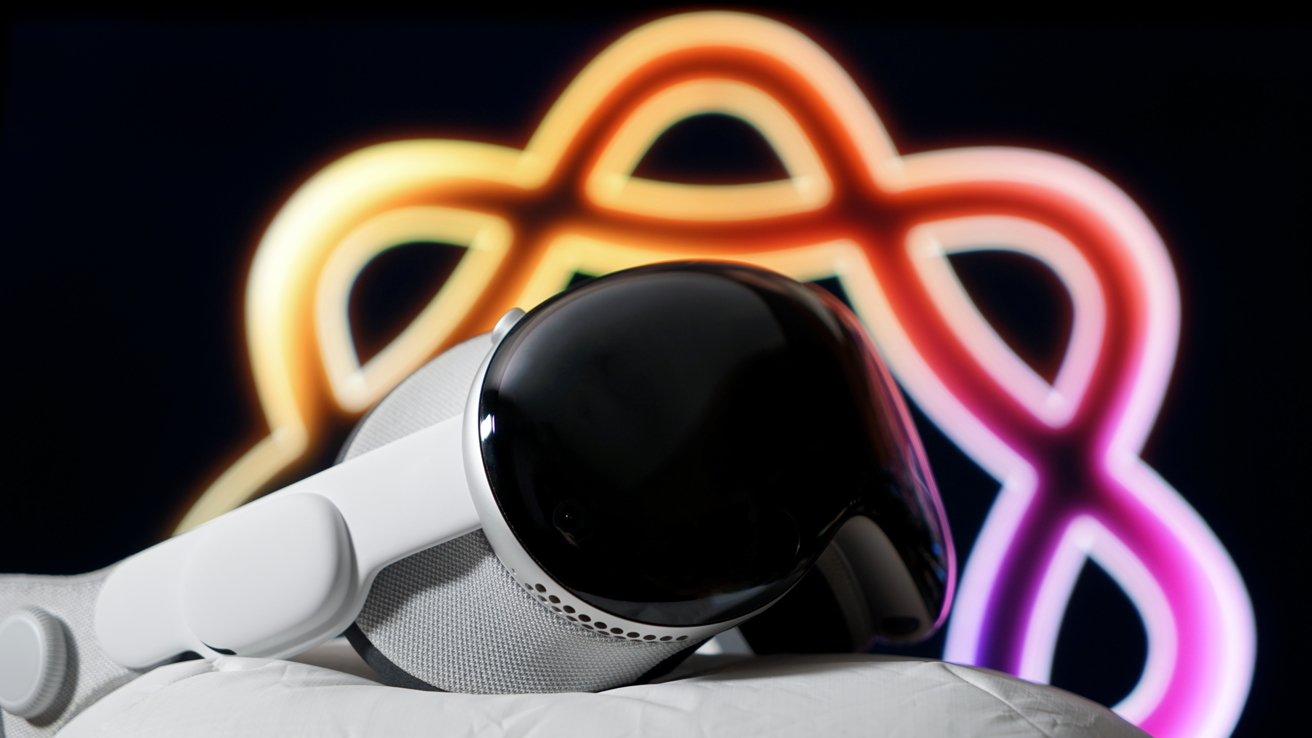
Apple Vision Pro already has Apple Intelligence
Well, visionOS 2.4 introduced Apple Intelligence to the platform, so that was a miss. However, the late 2025 production timeline with an early 2026 launch still makes sense.
If Apple is aiming for M5 in this product, it would be able to call it top-of-the-line for at least another year. It would give customers more confidence in the purchase and the longevity of the device too.
In both cases, M4 or M5, it does seem to be a simple chipset upgrade. There isn’t much discussion around R2, Apple-made controllers, or other features either.
An M5 would offer whatever benefits the M4 does with faster cores and likely some new graphics push. If Apple wanted to emphasize gaming on Apple Vision Pro, the M5 would probably be the ideal candidate.
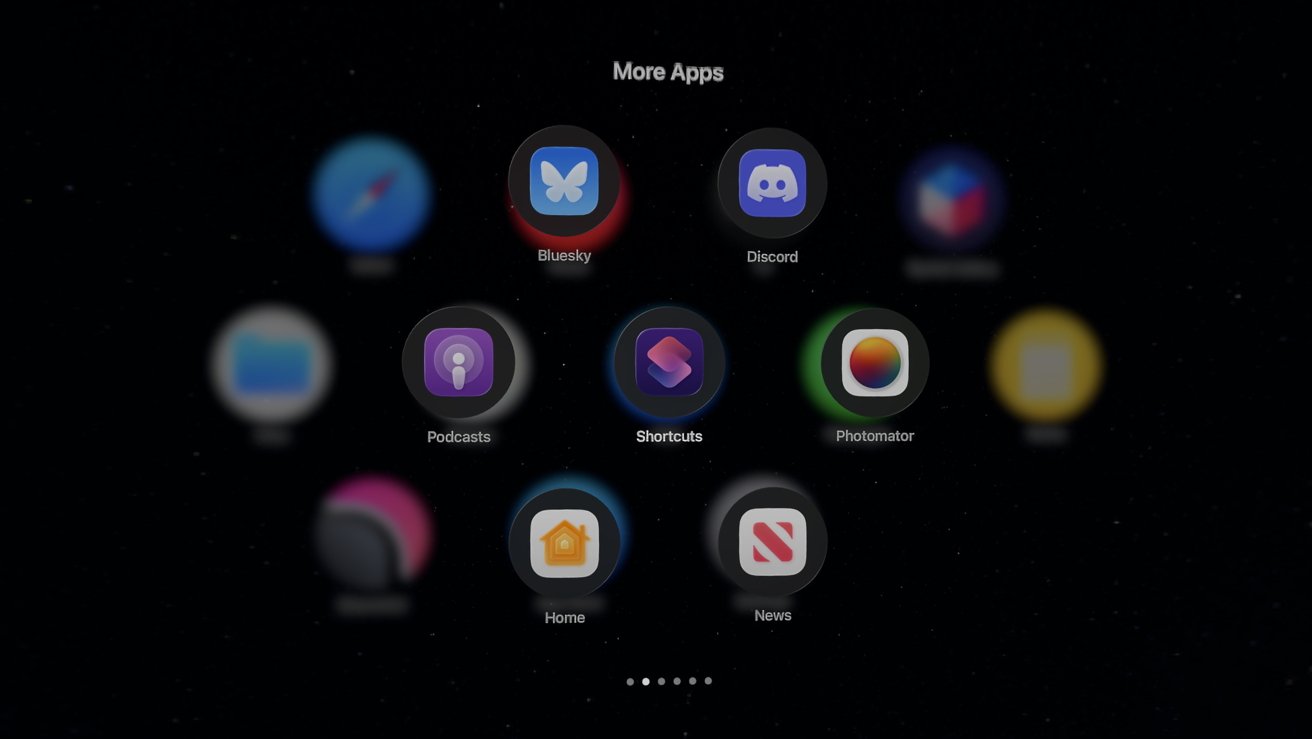
Apple hasn’t even bothered to upgrade all of its apps to visionOS native
Still, other than messaging about the platform not being abandoned, it does seem odd that Apple would bother with a mid-cycle update. The sales of this spec bump product could be devastatingly low due to being pinched by people that already own one and others waiting on the 2027 model.
Whatever Apple does, it is clear the rumors are missing part of the story. Apple’s strategy likely isn’t just to release a product that’ll get ignored, though if it is thrown out in a press release, that might be a signal of Apple’s low confidence.
At this point, all we can do is wait and see. M4 in 2025 or M5 in 2026, it’ll still be a heavy, expensive headset that lacks developer support.
The weight is less of an issue than the price. Perhaps Apple has an ace up its sleeve by offering older hardware at a discount or introducing a low-end model that’s not been spotted in the supply chain yet.
Oddly enough, it’s the next six months that are unpredictable. The next five years have a little bit more cohesion, but of course, those plans are more likely to change.
What’s next for spatial computing
The rumors seem adamant about a mid-cycle chip bump even if it doesn’t make total strategic sense. What comes next is a little more predictable.
AirPods Glasses
In the meantime, Apple is also rumored to be working on a Meta Ray-Bans-like device. It’s not going to run visionOS, but it’s being included here simply because it is a precursor to future wearables.
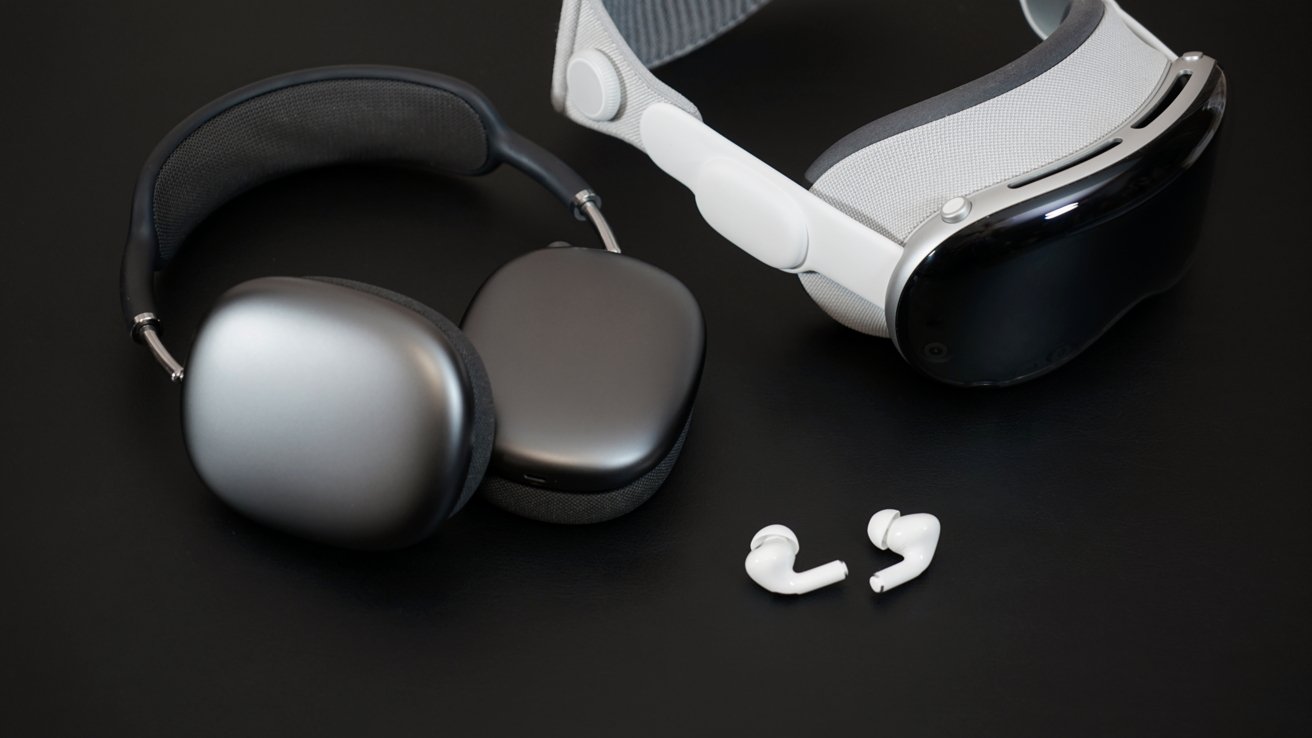
AirPods, cameras, glasses. Are you getting it yet?
This device would basically be a set of AirPods attached to a set of glasses and cameras. Users would be able to communicate with Siri to execute commands, start music playback, or take a photo.
There wouldn’t be any actual interface, and they would rely on a connection to an iPhone to function. Apple is rumored to be aiming for a late 2026 release.
The true second generation
The actual Apple Vision Pro 2 with a redesigned, lighter chassis and faster chips is expected as soon as 2027. The higher-end model is expected to either launch before or alongside the lower-priced model.
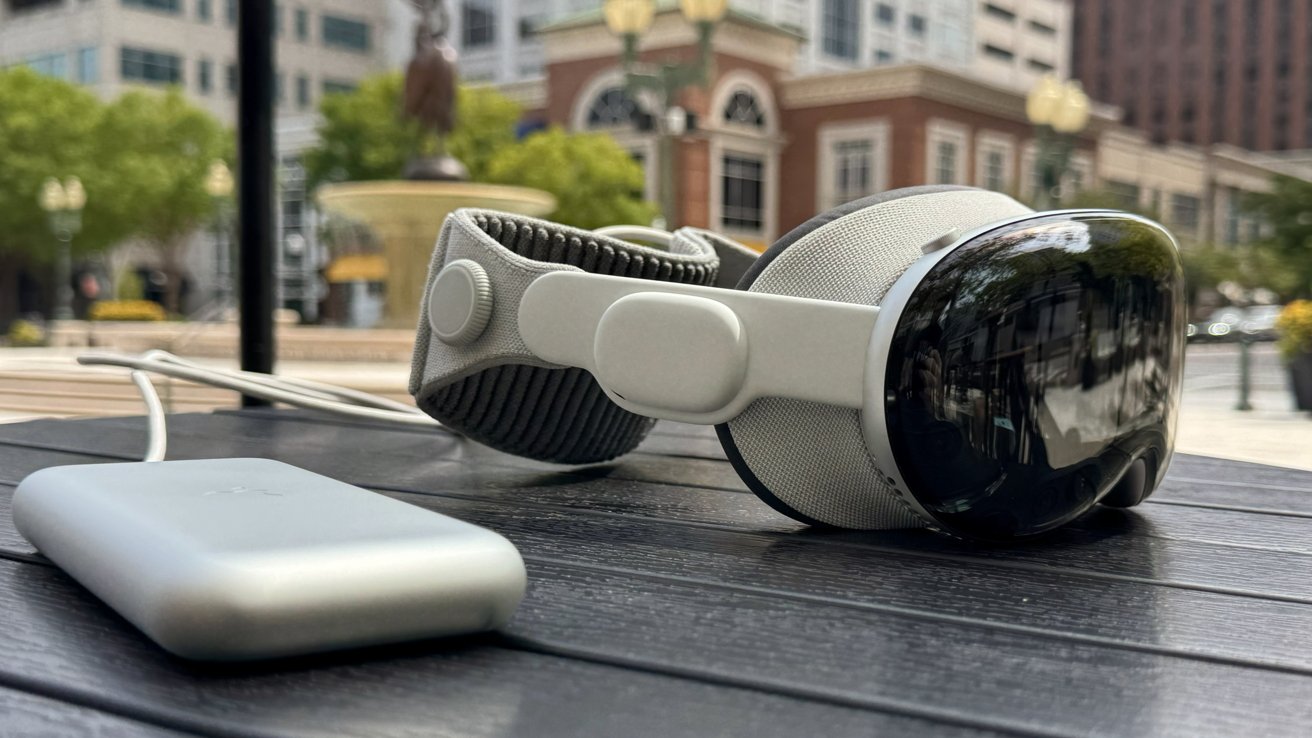
A true second-generation would be lighter and faster
The lower-priced model might be able to cut costs simply because of supply chain efficiency and lower specs. The displays are the most expensive component, but they’re too crucial to achieve Apple’s desired level of fidelity for visionOS, so cost cutting will come from elsewhere.
By 2027, visionOS will likely be a more mature platform with improved developer support. That’ll help drive sales of the new models, but only if Apple bothers making it happen by enticing developers to the platform.
Business-first model
Rumors have come and gone about an Apple Vision product that basically removes all the computing functions and acts as a wearable Mac monitor. It would tether to a Mac and be much lighter and lower cost by comparison.
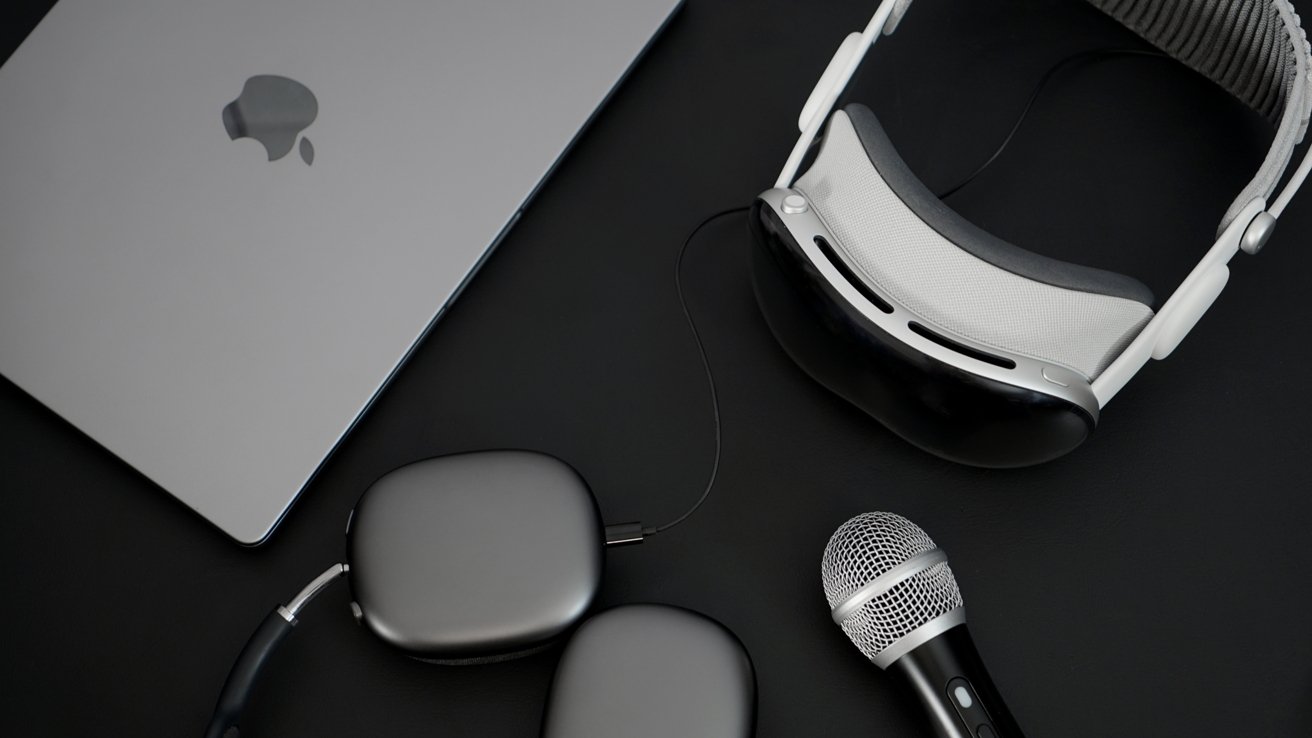
Tethering to a Mac would at least make spatial podcasting easier
This project may still exist within Apple as an internal tool or enterprise-targeted device. However, one rumor shared that the project was pulled in January 2025.
There are other wearable heads-up displays that work via a tethered computer. It isn’t totally unlikely that Apple could still pursue such a device, but other products have likely taken priority.
Apple Glass by 2030
The ultimate goal of all of this is a set of true AR glasses we’ve dubbed Apple Glass. They would be a set of smart glasses users could see through with interface elements shown as if they were injected into the environment.
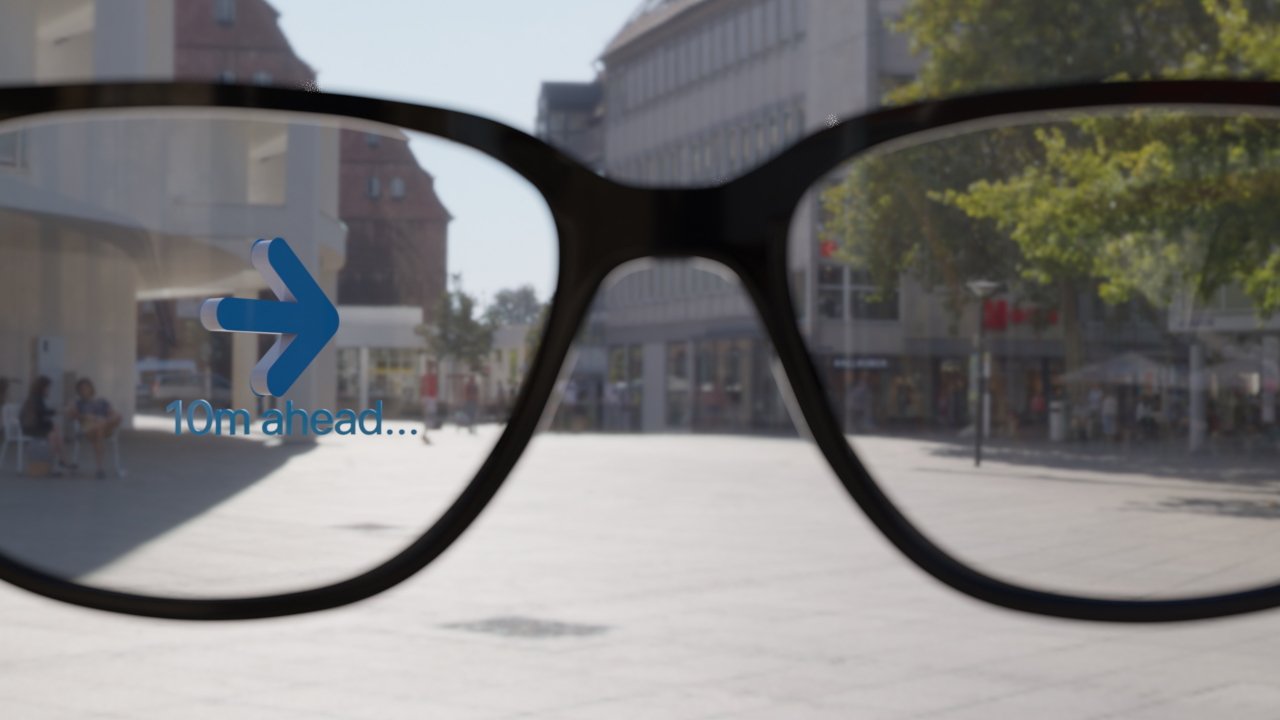
The ultimate goal is glasses that run visionOS
Basically, imagine if Apple Vision Pro passthrough, but without seeing the interface on a screen. The technology is advancing and is technically achievable, but it is still prohibitively expensive and power-hungry.
Apple CEO Tim Cook has made it clear that this is one of his primary objectives. He said he’d be ready to retire within 10 years in 2021, and Apple Glass is expected no sooner than 2030, so it seems this may be Cook’s last big release.
In order for all of these products to see the light of day, and for people to buy them, Apple has to step up its game. Developers don’t see any reason to support the platform with native apps and features due to the small user base.
There is no question about the utility of spatial computing and its future use cases. Apple can’t afford to wait around — it needs to get developers to care.





